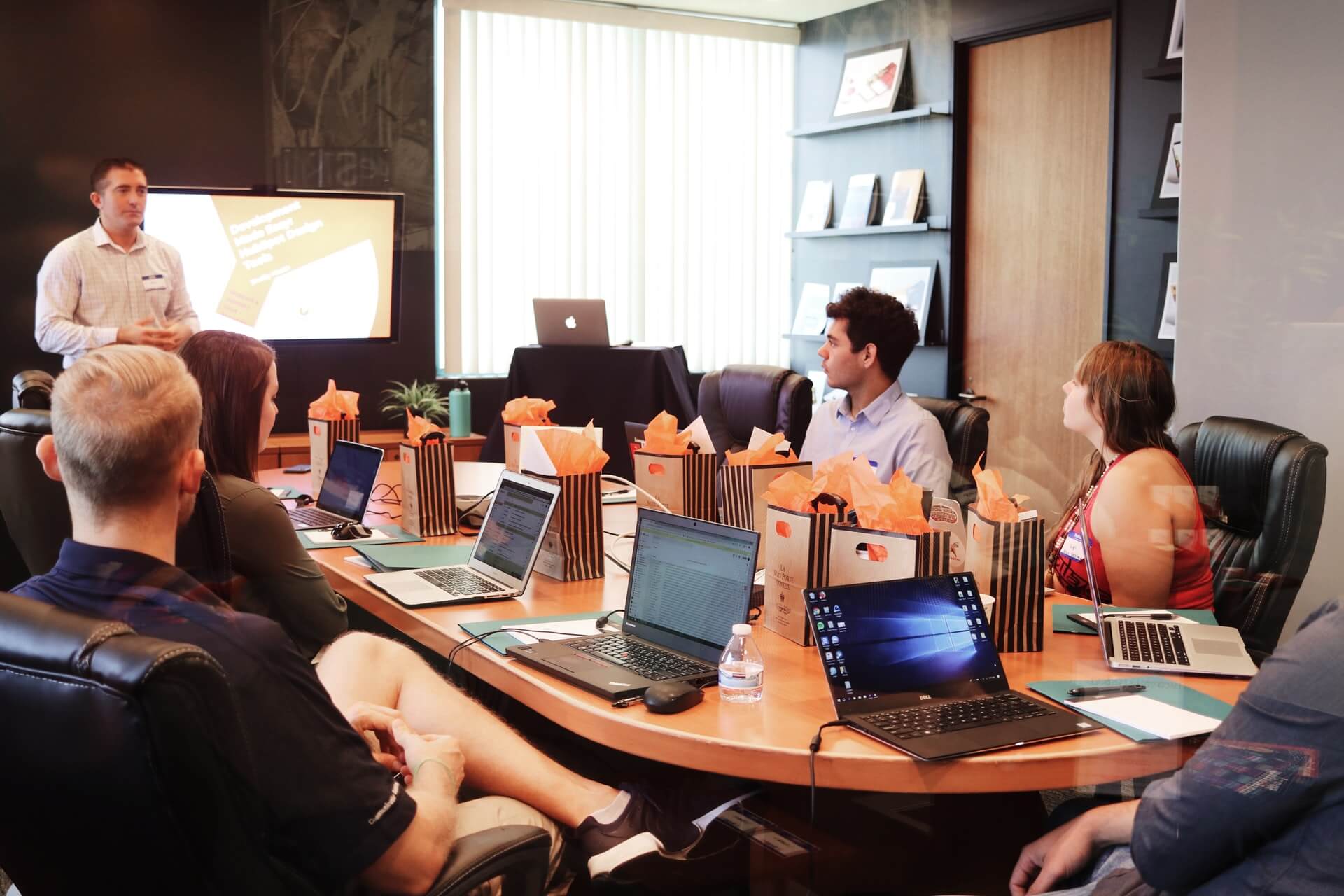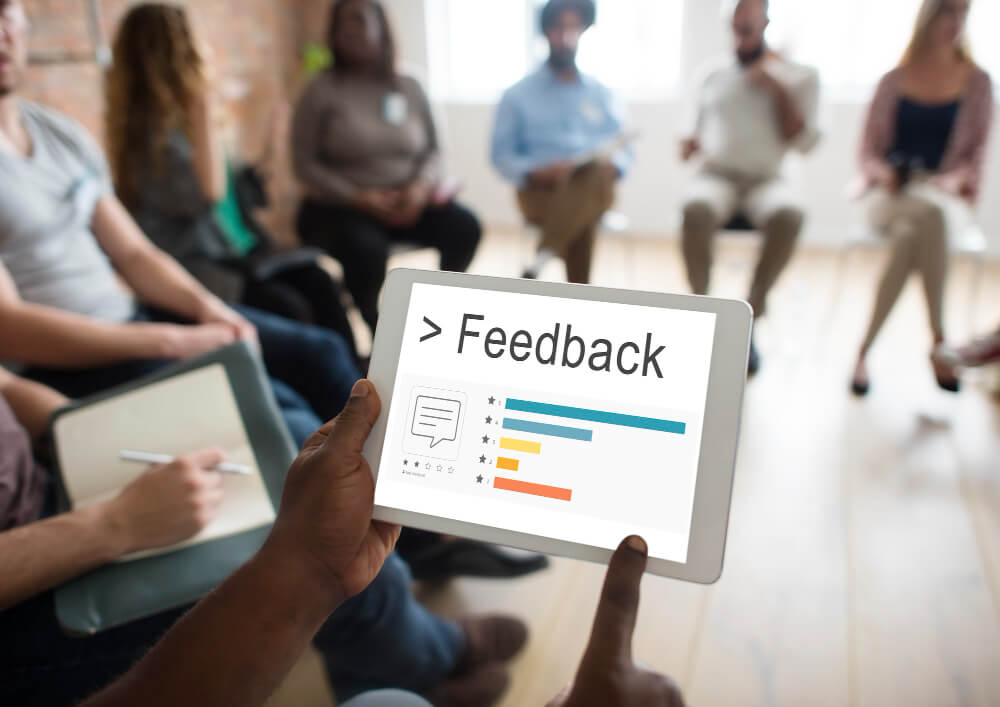6 Steps to Resolving a Level 1 Disagreement
A disagreement arises in a meeting you are facilitating. This is an inevitable scenario in…
Our content is reader-supported. Things you buy through links on our site may earn us a commission
Never miss out on well-researched articles in your field of interest with our weekly newsletter.

Subscriber

A disagreement arises in a meeting you are facilitating. This is an inevitable scenario in…

As a meeting facilitator, you must employ several techniques for recording information in a session…

During strategic planning, as your team arrives at the stage of defining the broad activities…

Here we go. It's now down to the Final Four in this year's NCAA March…

Many times, we, as facilitators, are not prepared (or ill prepared) for meetings, and that…

While Richard Smith and I wrote CLICK: The Virtual Meetings Book, we received many questions…

As a leader in your organization, part of your role during strategic planning is to…

Throughout a facilitated session, you use three parking boards to track important information: The "decisions…

To help determine your organization’s goals, utilize a visualization exercise that guides the team through…

High energy does three important things: It energizes the topic. It engages the participants. It…

In the course of developing strategic plans, organizations often find themselves taking a step back…

My experiences has led me to conclude that “consensus” is a widely misunderstood concept. Many…

As a result of the lack of challenge many leaders experience within their own walls,…

Here are three common dysfunction types I've seen in the meeting room. (Haven't we all?)…

As the strategy leader, you have seven activities to which I recommend you pay close…

Getting feedback on a facilitation process is an important part of ongoing learning, development and…